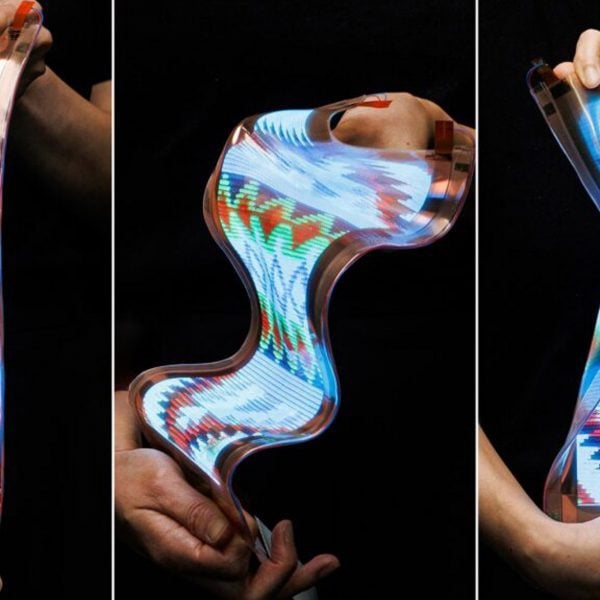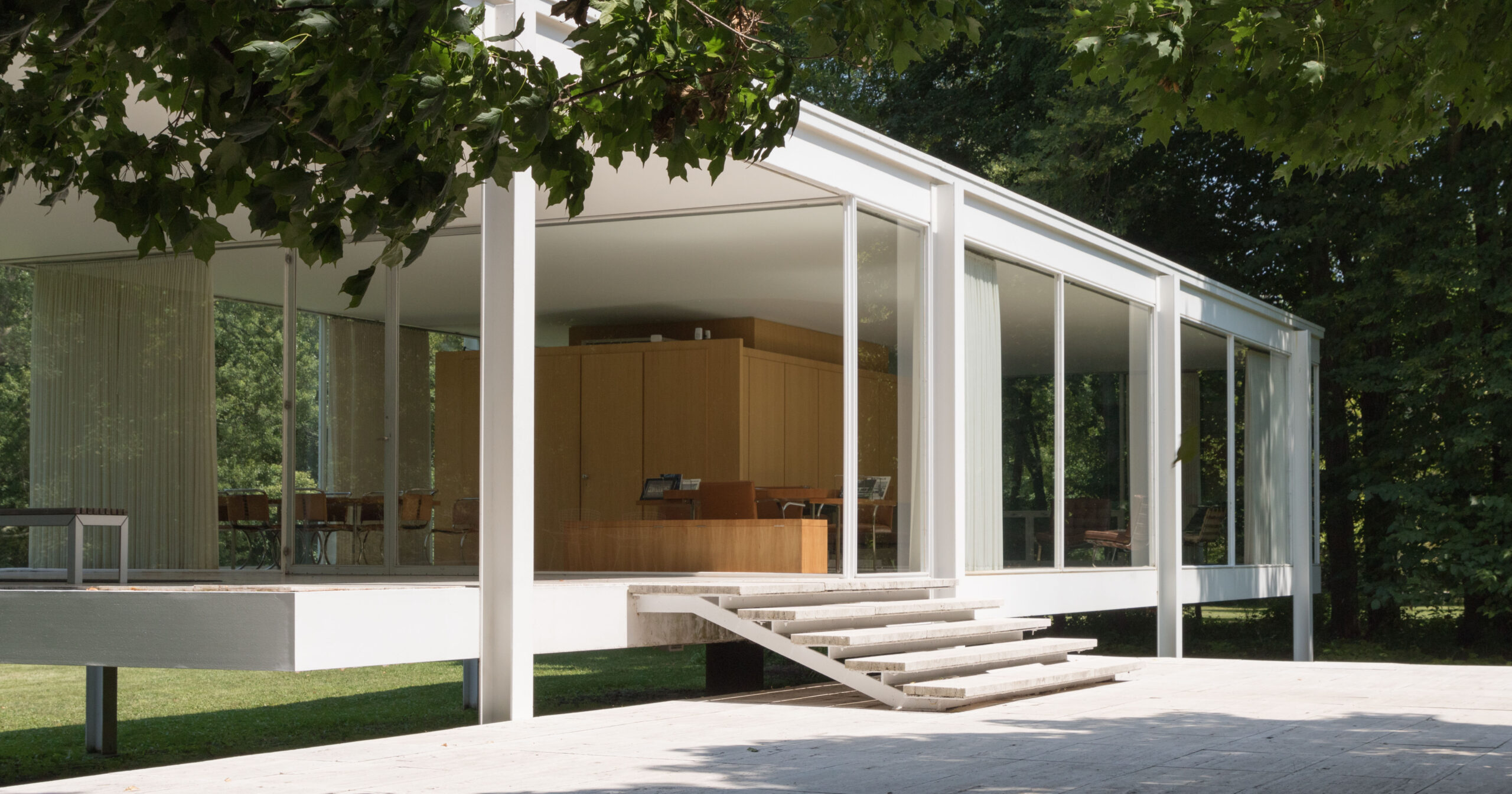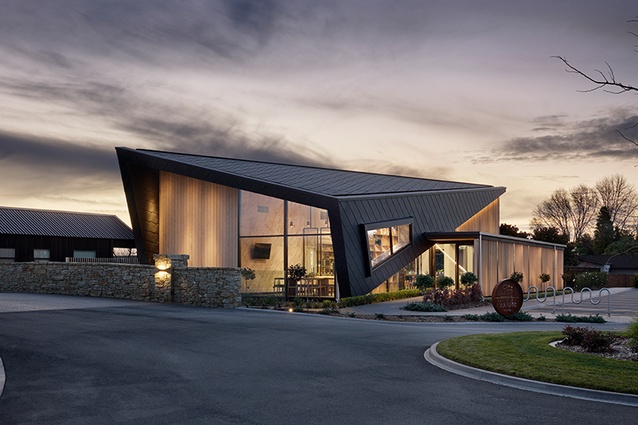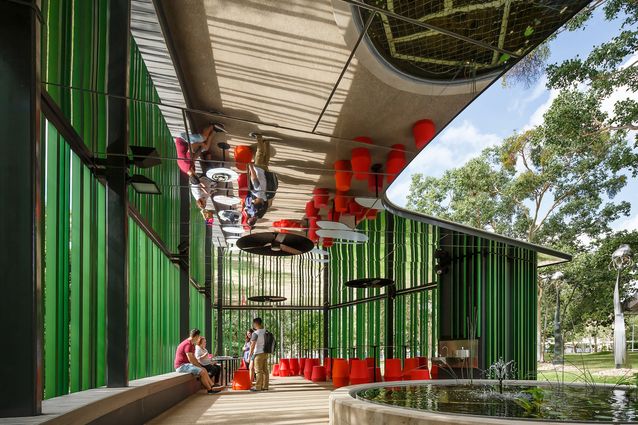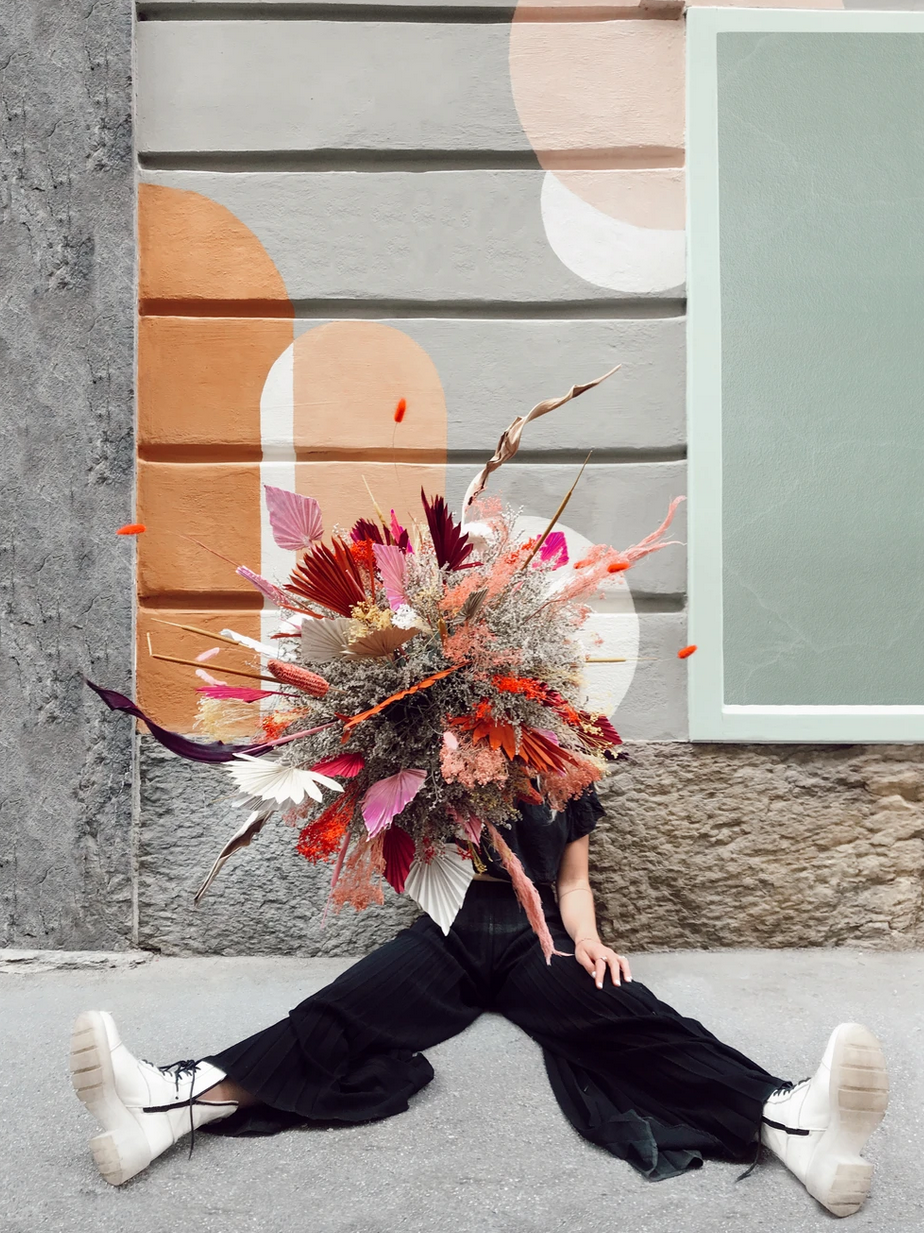Known for the design of high-tech airports, skyscrapers, and public spaces worldwide, architect Helmut Jahn died May 8 in a bicycle accident near his home in St. Charles, Illinois, outside Chicago. Jahn, who was 81, had remained active in his office; his death came as a shock to a city currently grappling with the future of one of his signature works, the leviathan glass-and-tile James R. Thompson Center (1985), which was recently listed for sale by the State of Illinois. Jahn had an early career defined by fashionable flourishes and a celebrity persona that earned him both popular attention and the unwavering trust of his clients. His work, sometimes so prophetic as to appear awkward in the moment, was consistently ahead of its time.
Helmut Jahn was born in Nuremberg, Germany, on January 4, 1940. He attended school in Munich and later relocated to Chicago to study at the Illinois Institute of Technology (IIT) with Ludwig Mies van der Rohe. In 1967, he was hired at C.F. Murphy Associates to work on the International Style convention center McCormick Place (1972), now called Lakeside Center, but quickly established his own voice with a series of postmodern skyscrapers for corporate clients, including the Xerox Center and the deco-inspired One South Wacker building. In 1979 Jahn won the commission to design the State of Illinois Center, later renamed for Governor James R. Thompson, who personally selected Jahn for the job.
The Thompson Center would be Chicago’s first major public building since Mies’s starkly minimalist Federal Center, which was posthumously completed in 1974. Jahn’s design integrated over one million square feet of office space with an urban shopping mall and a critical transportation hub—all organized around a 16-story glass atrium. At the time it opened, Chicago Tribune critic Paul Gapp called it ugly, predicting that it would soon be out of fashion. But the building endured as a beloved space. With its muted red-white-and-blue palette and postmodern references to other civic infrastructure, the Thompson Center definitively closed the door on the second Chicago School. In 2015, critic Lee Bey called it “one of the finest—and most used—indoor public spaces in the state.”
As Jahn’s practice work grew through the 1990s, “the emphasis on aesthetics gave way to an increasing focus on buildings’ performance,” he later lamented. Jahn coined the term “archi-neering” to describe “the intense collaboration between architects and engineers in a push to integrate the formal, functional, technical, and environmental issues” in architectural design. With buildings including the Messeturm Frankfurt (1991), Munich Airport Center (1999), and Berlin’s Sony Center (2000) he established an international reputation for design that was both stylish and substantive, with a focus on technology, materials, and environment. His State Street Village student housing at IIT (2003) densified and humanized the scale of the historic Mies campus, and his design for Suvarnabhumi Airport in Bangkok, Thailand (2006), used new materials and systems to increase environmental comfort and improve energy efficiency. In 2012 he changed the name of Murphy/Jahn, the firm he inherited from Charles Murphy, to JAHN.
As his practice expanded, Jahn remained committed to experimentation and to exploring ideas in projects that were speculative or unbuilt. His contribution to a series of “late entries” in the 1980 Chicago Tribune Tower design competition was the only one to propose that the existing 1920s Gothic building remain. In the 1990s, his unbuilt proposals for Chicago’s Harold Washington Library Center and the McCormick Tribune Campus Center at IIT envisioned an architecture of loose frameworks for integrating changing technology, culture, and knowledge with urban life.
Over the past year, Jahn worked on proposals for the Thompson Center, including one plan to preserve it by building a tower atop it and opening the atrium to the street and another to demolish it and replace it with a cylindrical tower. Jahn had a taste for hosting lunch meetings in his office or at the cupola of the Jewelers Building, where he’d converse with clients, collaborators, and critics alike over poached salmon, steamed vegetables, and German wine. In recent meetings he was engaged and reflective, convinced that the right group of people could come up with a solution. Throughout, he retained a palpable excitement about the 35-year-old building and what it meant for him and the city that he never abandoned.
Jahn cared for his legacy, but he did not treat the past, even his own, as precious or frozen. A lifelong athlete, automobile enthusiast, and competitive sailor, he embraced technology for its ability to continually improve human capacity. Helmut Jahn’s architecture was unabashedly futurist—and he always embraced the thrill of experience.



